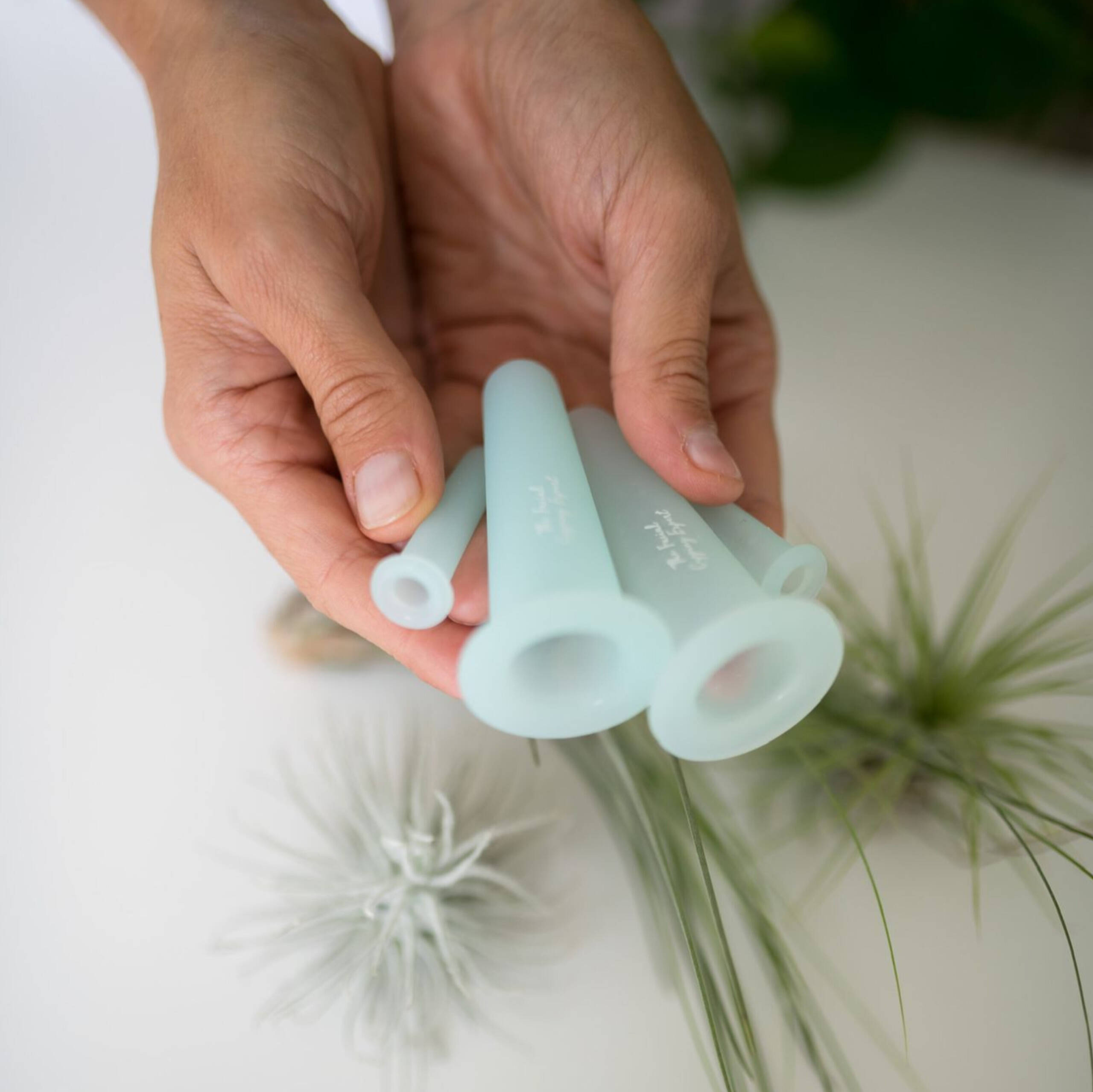An ancient alternative medicine technique, cupping therapy has attracted a lot of interest lately due to possible medical advantages. Originating in Middle Eastern, Egyptian, and ancient Chinese cultures, this medicinal method uses cups on the skin to generate suction. By encouraging blood flow, lowering inflammation, and supporting relaxation, this suction is thought to help heal using Cupping therapy, which is becoming more and more popular as individuals search for all-encompassing methods of wellness. This blog investigates the background, techniques, advantages, and possible hazards of cupping therapy, so providing an understanding of why it might be a useful addition to your wellness regimen.
The Background of Cupping Treatment
With evidence pointing to its use in Egyptian, Chinese, and Middle Eastern civilizations for 2,000 years, cupping therapy has a long history. One of Egypt’s oldest medical books, the Ebers Papyrus notes cupping treatment as a cure for several diseases. Likewise, cupping has long been used in traditional Chinese medicine to balance the body’s qi and advance healing.
How Cupping Therapy Functions
Cupping therapy is putting cups—usually made of glass, bamboo, or silicone—on the skin. Two main techniques are wet and dry cupping.
- Using either a pump or heating the cup, this technique creates a vacuum within it. The cup is then positioned on the skin, which pulls the underlying tissue up into it. This procedure is supposed to boost healing and increase blood flow.
- Before installing the cups, wet cupping—also known as hijama—involves making tiny incisions on the skin. A vacuum is formed after the cup is in position, pulling blood out of the body. Advocates of this approach think it helps clear poisons and pollutants from the bloodstream.
Benefits of cupping therapy
Although scientific data is still developing, cupping therapy is hailed for its several health advantages. The following are some main advantages connected to this practice:
- Often used to relieve discomfort, especially in the muscles and joints, cupping treatment is Conditions including back pain, neck discomfort, and arthritis can be lessened by increasing blood flow and lowering inflammation.
- Relaxation and Stress Reduction: The cups’ suction helps the muscles to relax and hence foster well-being. For those looking for relaxation and stress release, this therapy is therefore a common alternative.
- Cupping’s suction action is thought to boost blood circulation, which would help with healing and general health enhancement. Better circulation guarantees the effective delivery of nutrients and oxygen to organs and tissues.
- Particularly wet cupping is said to assist the body in eliminating poisons and pollutants. Drawing out stagnant blood and encouraging fresh blood flow could help the body detoxify naturally.
- Skin Health: Cupping treatment is also applied to enhance skin health. By increasing blood flow and lowering inflammation, it can aid in treating disorders including cellulite, eczema, and acne.
- Respiratory Health: Colds, bronchitis, and asthma have been treated using cupping therapy. Reducing congestion and enhancing circulation will help ease symptoms and support respiratory health.
The Cupping Therapy Experience
If you are thinking about the cupping method, it’s important to know what to expect from a session. The method looks generally like this:
- Preparation: The therapist will probe your medical background and any particular health issues. This enables the session to be more suited to your requirements.
- Depending on the treatment goals, the therapist will apply cups to particular places of your body. The cups could be heated, or a pump could be used to provide suction.
- Usually, the cups are left in situ for five to twenty minutes. As the skin is pulled into the cup at this period, you could experience a tight feeling. Though some discomfort is natural, this shouldn’t be painful.
- The therapist will take the cups off and wash the skin following the session. Where the cups were positioned, you might find red or purple stains; they are transient and should vanish in a few days.
Potential Risks and Considerations
Although cupping treatment is usually regarded as safe, there are some possible hazards and factors to consider:
- Temporary bruises and bruising on the skin might result from suction. These are usually benign and fade with time.
- Because of the skin’s incisions caused during wet cupping, one runs a risk of infection. Minimizing this danger can be achieved by ensuring the therapist follows correct hygienic standards and uses sterile equipment.
- Not appropriate for everyone: Those with some medical issues, including blood problems, and skin concerns, or those who are pregnant, may not be suited for cupping treatment. Before attempting this therapy, one should see a medical practitioner.
- Insufficient scientific data: Although many patients claim good results from cupping therapy, more study is required to prove its effectiveness. Like any alternative therapy, it’s important to approach it openly but critically.
Conclusion
With its ancient roots and contemporary rebirth, cupping treatment presents a different path to wellness and healing. Cupping treatment could be worth investigating whether your goals are skin health, pain reduction, relaxation, or better circulation. To guarantee a safe and positive experience, though, you should see a healthcare practitioner and select a qualified therapist. Cupping treatment continues to enthrall curiosity as more individuals search for complete methods to well-being, therefore bridging the gap between traditional knowledge and modern medical techniques.
Next Stop Wellbeing provides expert and individualized cupping therapy sessions for individuals eager to try cupping treatment. Our educated therapists are committed to providing you with a safe and efficient treatment catered to your specific requirements. Visit Next Stop Wellbeing to book your appointment right now.



